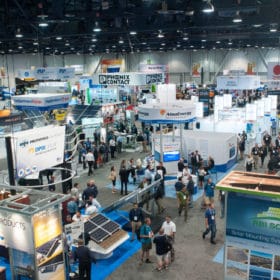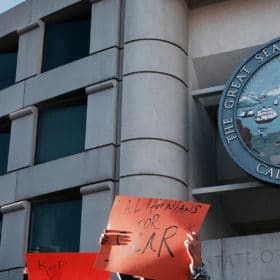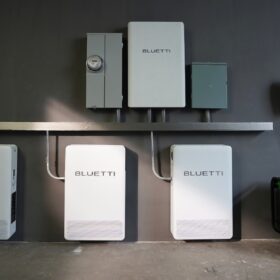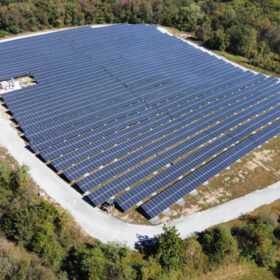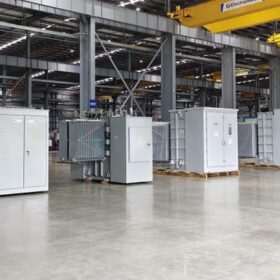Chargepoint joins growing list of clean energy firms going public via SPAC
EV charging company ChargePoint is “nearing a deal to go public through a reverse merger” that could value the company at more than $2 billion.
The net metering debate comes to a head in Florida
After one state rep and utility front group attacked the state’s net metering policy, Florida regulators have decided to hold a workshop where opponents and proponents alike can hash out their arguments, with the life of the program potentially hanging in the balance.
Morning Brief: Utilities across the US battle equitable net metering and value-of-solar
Also in the brief: Pennsylvania voters overwhelmingly want the General Assembly to pass legislation authorizing local community solar projects.
Tesla battery day bingo
Tesla battery day is next week. Earlier this year, Musk told analysts that what he had to say “will blow your mind. It blows my mind.” Here’s a list of battery hyperbole and terms you’re bound to hear at the event.
Duke University buys 101 MW of solar from Duke Energy
Three projects across North Carolina are being developed to fulfill a new agreement between Duke Energy and Duke University, under the utility’s Green Source Advantage program. The university is the first academic institution to come to terms on a renewable power contract under the program.
Battery energy storage systems integrated in solar facilities to receive tax incentives
Tax incentives spurring deployment of energy storage are limited in their application, as they require the system to paired with solar. On top of this, the requirements to receive the tax incentives do not always align with advancements in battery technology and/or system design.
SPI roundup: Grid modernization will ‘define the replacement of net metering’
Can the solar industry’s biggest conference make the transition from mulitday marathon to six weeks of virtual “microconferences”? Opening sessions started strong, pragmatic and urgent — with a focus on collaboration and the opportunities ahead.
The net metering successor tariff ‘NEM-3’ proceeding in California has officially kicked off
This is a highly anticipated, high-stakes proceeding that will effectively modify the rules for the NEM tariff in California, arguably the single most important policy mechanism for customer-sited solar over the last decade.
Morning Brief: Net metering still under attack by utilities and institutional corruption
Also in the brief: Solar in schools
Facebook doubles down on renewable commitment in Utah with 235 MW in solar contracts
Facebook now has contracts for 694 MW of solar power in Utah (63% of the state’s solar generation capacity) in its pursuit of becoming entirely renewably-powered by the end of this year.






